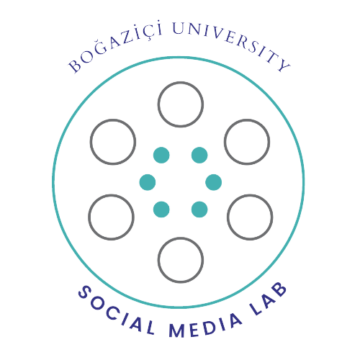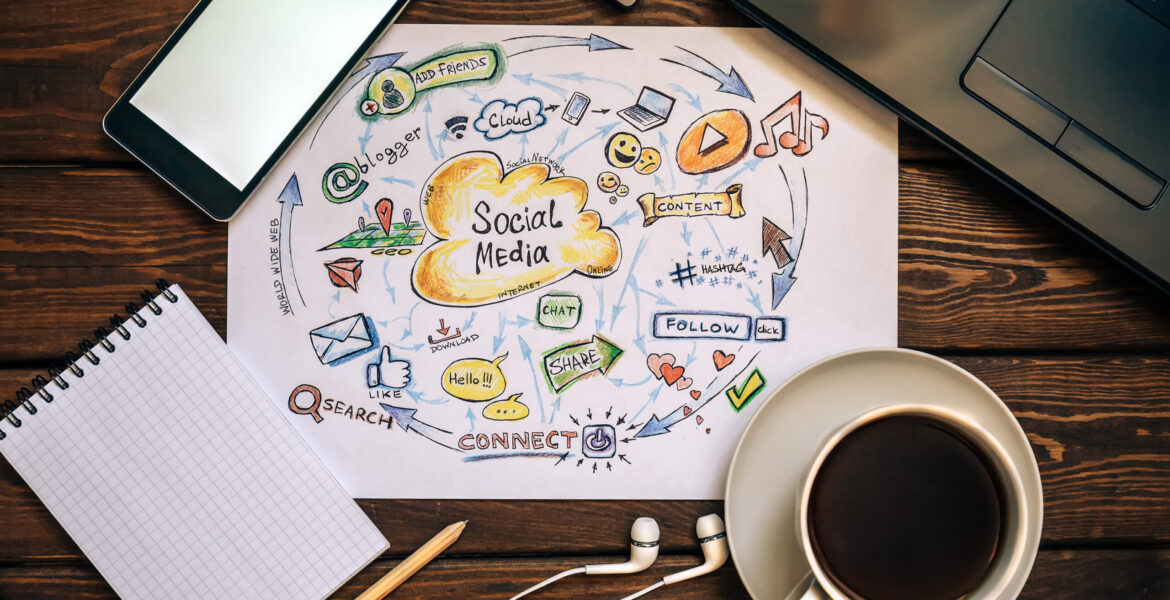BLACK & WHITE: TWO SIDES OF SOCIAL MEDIA
4 Ekim 2021 2021-12-22 20:40BLACK & WHITE: TWO SIDES OF SOCIAL MEDIA

İstanbul Teknik Üniversitesi Fizik Bölümü Yüksek Lisans Öğrencisi
Nowadays social media has such an important role in our lives that we don’t even notice how much time we are spending on it. Statistics reveal that the average person spends approximately two hours on social media every day and these figures are growing higher very rapidly. This brings up the question: how does social media affect human brain?
According to scientists social media has a negative impact on our brain both psychologically and physically. Being immersed too much in social media leads to significant increases in the risks and incidents of both depression and loneliness. In one study, one group of participants limited their time on social media to 30 minutes a day, while another group continued to use Facebook, Snapchat and Instagram as usual. After three weeks, the participants who limited social media said that they felt less depressed and lonely than people who had no social media limits [1]. The reason for feeling depressed after spending too much time on social media is comparison. Online lives look a lot more amazing than real lives. People spend hours at a time looking at other people’s lives and they always seem to be traveling somewhere cool, eating something fancy or looking perfect. Being exposed to endless glamorous filtered images that make it impossible not to make comparisons between yourself and others cause envy, negative feelings and fear of missing out (FOMO). This is the main reason that social media and depression are linked.
Social media does not only have a negative impact on our mental health but it also affects our brain physically. Neuroscientists have found out that engagement with social media releases a chemical called dopamine which is the exact same chemical that makes us feel good when we smoke, drink or gamble; in other words it is highly addictive. When you get a social media notification, such as a like or a mention, your brain produces dopamine which activates its reward center causing a feeling of pleasure. When rewards are delivered randomly and easily the dopamine-triggering behavior becomes a habit. Dopamine is not the only chemical brain releases when using social media. Oxytocin, also called the cuddle chemical, is also released when you kiss, hug or use social media. Ten minutes usage of social media can rise oxytocin levels as much as 13% which means a hormonal spike equivalent to that of some people on their wedding day [2]. All the benefits of oxytocin, lowered stress levels, feelings of love, trust, empathy, generosity, comes with social media, too. When we are not getting this dopamine and oxytocin release from apps and smartphones we feel fear, anxiety and loneliness. The science is clear: Using too much social media can change our brain chemistry and damage our mental health, yet there are also many good sides of social media such as keeping in touch with friends, family and connecting to more people across the world. As for what can be done to lessen the negative effects is probably keeping a good balance of the amount of time spent on social media. Like most things we enjoy in life, social media is beneficial in moderate doses.
[1]. Jeremy Nobel, MD. “Does Social Media Make You Lonely?” Harvard Health, 21 Dec. 2018, https://www.health.harvard.edu/blog/is-a-steady-diet-of-social-media-unhealthy-2018122115600.
[2]. “Why Are We Addicted to Social Media?” Design Lab, 4 Apr. 2019, https://designlab.net.au/why-are-we-addicted-to-social-media/.






